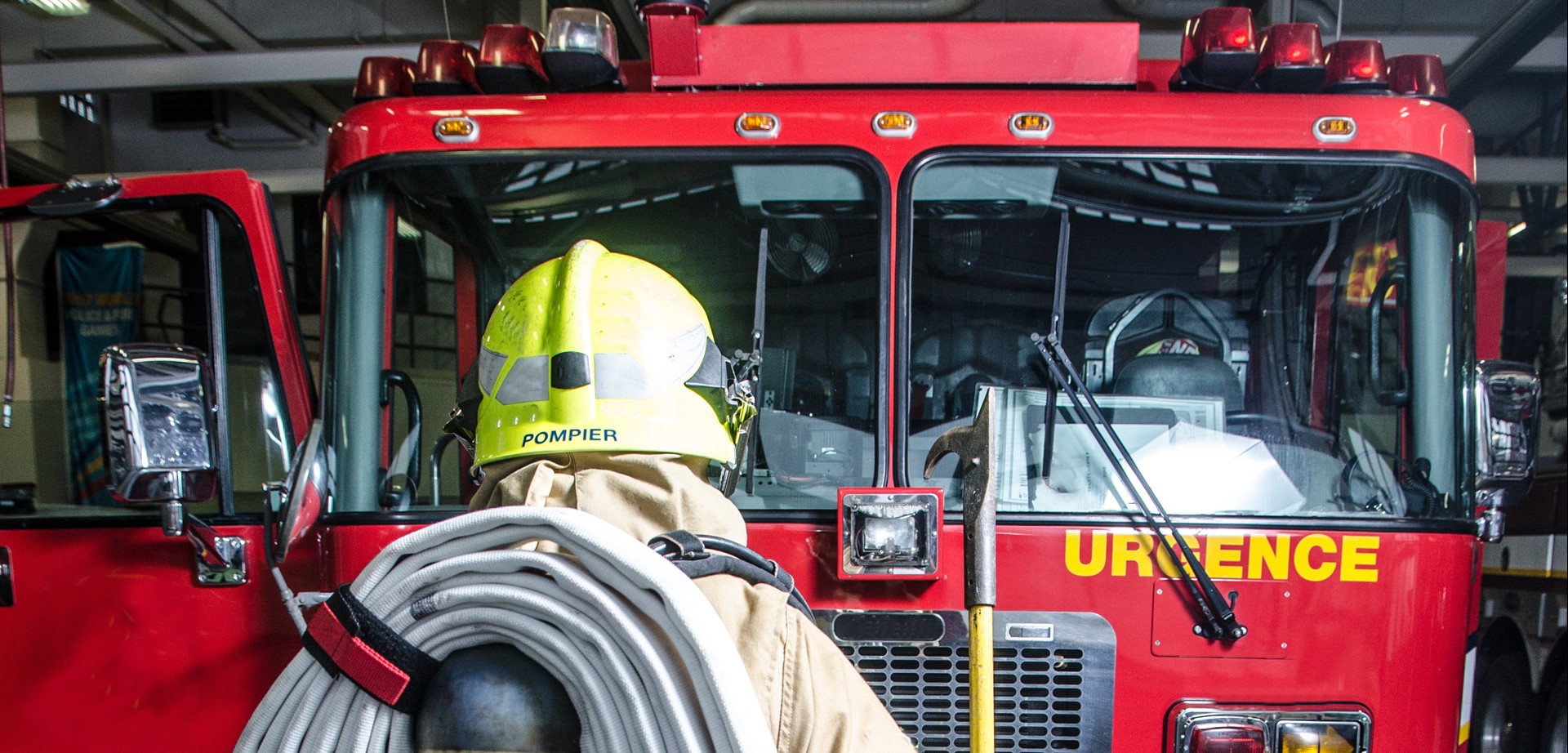Why aren’t we talking about managing the risks around e-micromobility rentals and Lithium-Ion battery returns?
Lithium-Ion (Li-Ion) batteries are a well-known fire hazard in most areas of modern life. Risks exist from the smallest of mobile phones to the largest energy storage batteries. All Li-Ion batteries pose a serious safety risk for people and property alike, if not stored, maintained, and recycled/disposed of properly.
Within the wide range of Li-Ion uses, fires involving an e-bike or e-scooter are one of the fastest growing risks for fires. In Toronto alone, local police have shared that the number of Li-Ion battery fires jumped 75 per cent this year from last year[i].
While the hazards associated with Li-Ion batteries – including those in e-scooters – are becoming more widely recognized by the public, fire fighters and the authorities, there is one key question missing from the dialogue:
How do we manage risk around battery returns?
Li-Ion fires result from batteries being tipped into an irreversible overheating process called thermal runaway, most often caused by impact damage, over-charging, or over-heating.
But for batteries which don’t have ‘one careful owner’ or which may not be used / charged in a consistent or safe manner, how can the people and premises handling those units approach the risk of thermal runaway and fire?
There are a significant number of guidance articles, webinars and presentations centred around the safe handling and charging of devices such as e-scooters and e-bikes, and a few even talk about the health hazards of the toxic gases and chemicals Li-Ion batteries can release.
But very few also consider the issue of ‘returns’, and this is something we should be talking about.
It is clear some major fire incidents have started in a used device/equipment that has been returned to a retail store, a repair and refurbishment workshop, or a manufacturer accepting end-of-life WEEE (Waste Electrical & Electronic Equipment) for re-purposing or recycling.
In fact, it has been known for some time that used (and abused) Li-Ion batteries are much more at risk of thermal runaway than new and unused batteries. The very act of using a Li-Ion battery device exposes the batteries to significant shaking, impact shock and the potential for being connected to poor quality or faulty chargers, which can trigger internal faults that lead to thermal runaway.
It is not surprising, therefore, that ‘returns’ in a commercial and industrial setting are much more of a hazard than new and unused batteries.
Despite the recent publication of broad recommendations, what is clear is that there is little public conversation around the complexity of Li-Ion ‘returns’.
Should we be pushing for the further development of battery monitoring technology, which records battery treatment and data output in real time?
Should each return be subjected to more rigorous State of Health (SoH) checks?
Should battery cells in e-bike and e-scooter – and even e-mobility scooter – rentals be tamper-proof, including being unable to take charge from a faulty charger?
Battery ‘returns’ are a real and relevant risk for all businesses handling Li-Ion cells, including rental companies, retail stores, repair workshops, and original equipment manufacturers (OEMs). We should be talking about it.
Based on our current ways of working and using Li-Ion batteries, QBE’s 10-point checklist is a useful starting point to managing the risk of Li-Ion battery ‘returns’. Generally, commercial enterprises accepting returns will have to mitigate risk in several stages. The first of these may include educating their customer users about the risks to promote responsible use. We would also recommend a set standard of handling and processes within physical business premises to ensure safety.
Having an informed and prepared workforce, with clear established returns processes, and a comprehensive understanding of safety and fire protocols, will help mitigate some of complex risks related to accepting Li-Ion battery returns on site.
QBE’s 10-point checklist for managing Li-Ion battery ‘returns’:
- All ‘returns’ should be delivered to an external yard area or a low value building 15m+ from the main buildings OR delivered to a 1-hour fire-rated container/building 6m+ clear.
- ‘Returns’ should not be brought inside main buildings for cleaning, testing or refurbishment until the workshop is ready to accept them.
- ‘Returns’ brought into main buildings for inspection and testing should not be left unsupervised at any time of the day.
- ‘Returns’ should not be left inside the building out of hours or when the work area is unsupervised such as at breaks, overnight and weekends.
- Returned batteries should be checked with handheld thermal cameras for signs of over-heating on receipt and before being brought into main buildings for inspection and testing.
- ‘Returns’ should not be discharged or charged until all electrical tests have been completed and this should be done for the first time ONLY during supervised work periods.
- For small units, removed batteries should be placed in a metal lidded box positioned in a safe space inside the work area or outside the building, not in the main store, warehouse, or factory.
- The small battery ‘returns’ box can contain sand or vermiculite as a means of limiting the immediate effects of a returned battery going into thermal runaway.
- The contents of this small battery ‘returns’ box should be removed from the main building at least every 4 hours and preferably every 2 hours, whether or not the box is full. It is imperative that ‘returns’ are not left in the main building for too long when they might be faulty.
- Batteries extracted from large units such as vehicles and mobile plant should be removed from the main buildings immediately and stored in the open 15m+ from the main buildings OR stored inside a 1-hour fire-rated container/building 6m+ clear.
[i] https://www.cbc.ca/news/canada/toronto/e-scooter-battery-toronto-fire-1.7010407


